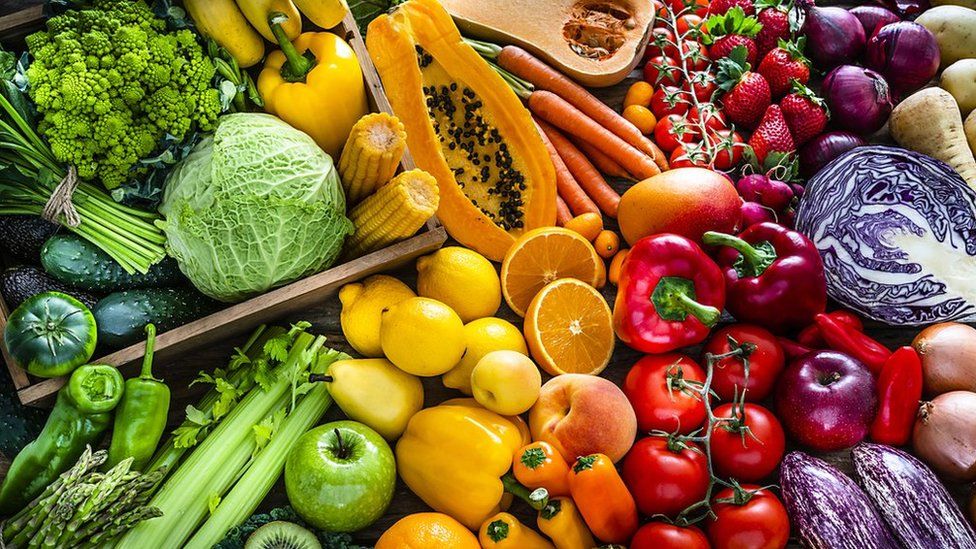This really did not take: according to two separate scientific studies, microplastics are also contaminating the fruit and vegetables we eat.
Microplastics in fruit and vegetables
The first study is Italian: according to data collected by Margaret Ferrante, scientist at the University of Catania, apples are the most contaminated fruit while carrots are the most affected vegetables.
Published this week in the journal Environmental Research, the report calls for an urgent review of the effects of microplastics on human health.
Here's how they get into everything we eat
A second peer-reviewed study published this week reveals that plastic is transported by water through the irrigation systems of food crops.
The study was conducted jointly by Dr. Lianzhen Li of the Yanthai Coastal Zone Research Institute in China and Professor Willie Peijnenburg from Leiden University in the Netherlands and will be published in the journal this week Nature Sustainability.
Professor Peijnenburg found that microplastics penetrate the roots of lettuce and wheat plants, and from there they are transported to mature plants.
For decades, scientists believed that plastic particles were too large to pass through the physical barriers of plant tissue.
Now this assumption is definitely being questioned. Root vegetables such as carrots, radishes and turnips, and leafy vegetables such as lettuce are most at risk of contamination by microplastics.
These new discoveries raise serious doubts about the safety of the food we eat.
Maria Westerbos, founder of the Plastic Soup Foundation, said: “We've known for years that they end up in shellfish and fish, but this is the first time we've known that microplastics also end up in vegetables. And if it's getting into vegetables, it's also getting into all living things that eat vegetables, which means they're also in meat and milk.”
What we need to find out now is what they are doing to us. And this is a partially unexplored territory.


